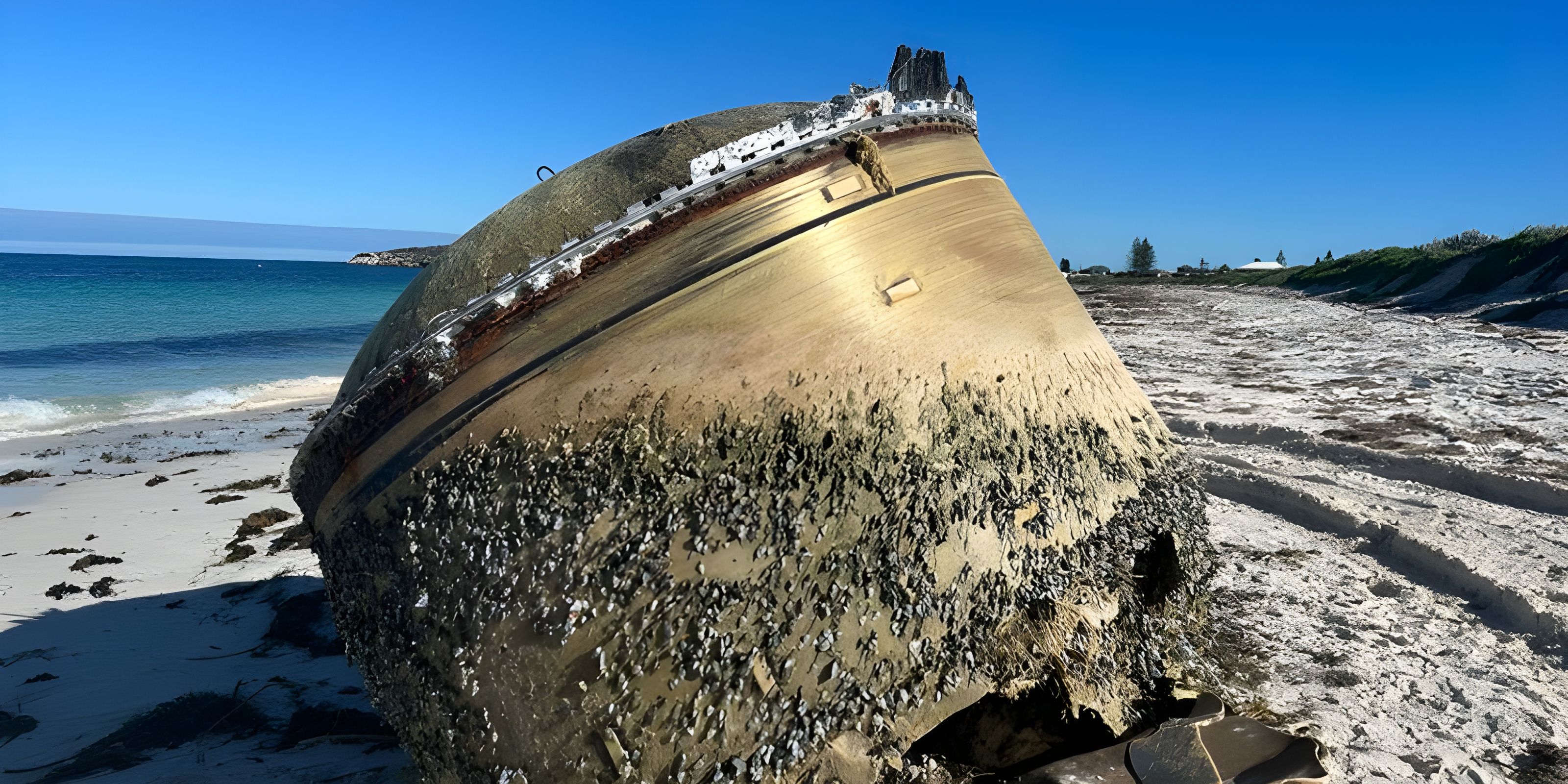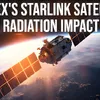
The shores of Western Australia are accustomed to waves, not mysteries. Yet, this past Saturday, the surf spat out an enigma that has captivated both local communities and global observers. A corroded, barnacle-adorned, two-meter-long cylinder was discovered at Green Head, a tranquil beach setting about to become a hotbed of intrigue and investigation.
The authorities, once alerted by residents, swiftly sealed off the area, transforming the idyllic beach into a scene from a science fiction movie. The mystery deepened when the Australian National University astrophysicist Brad Tucker weighed in, suggesting the out-of-place object might well be the remnants of a rocket launch, a piece of space debris.
Space launches are no rarity, with a global count of around five to ten every week, Tucker explained. “Typically, rockets have multiple stages, and the initial parts separate before the rocket achieves orbit. Given the lack of scorching patterns that would have resulted from re-entry into the Earth’s atmosphere, this cylindrical object likely belongs to an early stage of a rocket launch,” he commented.
The mystery cylinder’s appearance hints at a surprising origin: it bears a striking resemblance to a part of a rocket model frequently used by India to launch satellites. This speculation has caught the attention of the Australian Space Agency, which tweeted about making inquiries and liaising with international counterparts to glean more information.
<div class="tweet embed" contenteditable="false" id="1680832020937846785" data-id="1680832020937846785" data-url="https://twitter.com/AusSpaceAgency/status/1680832020937846785" data-html="
We are currently making enquiries related to this object located on a beach near Jurien Bay in Western Australia.
The object could be from a foreign space launch vehicle and we are liaising with global counterparts who may be able to provide more information.
[More in comments] pic.twitter.com/41cRuhwzZk
— Australian Space Agency (@AusSpaceAgency) July 17, 2023
” data-type=”tweet” align=”center”>
We are currently making enquiries related to this object located on a beach near Jurien Bay in Western Australia.
The object could be from a foreign space launch vehicle and we are liaising with global counterparts who may be able to provide more information.
[More in comments] pic.twitter.com/41cRuhwzZk
— Australian Space Agency (@AusSpaceAgency) July 17, 2023
Tucker further mentioned that if the object is indeed space debris, it should carry a serial or catalogue number, aiding its identification. He advised against the public touching or handling the object due to the potential carcinogenic properties of rocket fuel.
Rocket remnants aren’t new to earth. In recent years, debris from a Chinese rocket booster was found scattered over the Philippines and between Australia and New Zealand. Even fragments from a SpaceX rocket were discovered in Washington, in the US.
However, this new beach find harkens back to a significant event from the past: In 1979, Esperance in southern WA became the landing site for a large chunk of the Skylab space station. Its recovery in 1993 marked the first time such a large piece of space junk was found on Earth after re-entry.
In the wake of the current enigma, WA police have appealed to the public for restraint, reminding that the origin and nature of the Green Head object remain under investigation. As the authorities work together to determine the object’s origin, the tranquil beach north of Jurien Bay has become the unlikely epicenter of an international investigation into a piece of potential space history.
For now, the giant metal cylinder rests undisturbed, its secrets guarded by waves, rust, and barnacles, awaiting the revelation of its intriguing story.
.thumbnailWrapper
width:6.62rem !important;
.alsoReadTitleImage
min-width: 81px !important;
min-height: 81px !important;
.alsoReadMainTitleText
font-size: 14px !important;
line-height: 20px !important;
.alsoReadHeadText
font-size: 24px !important;
line-height: 20px !important;










